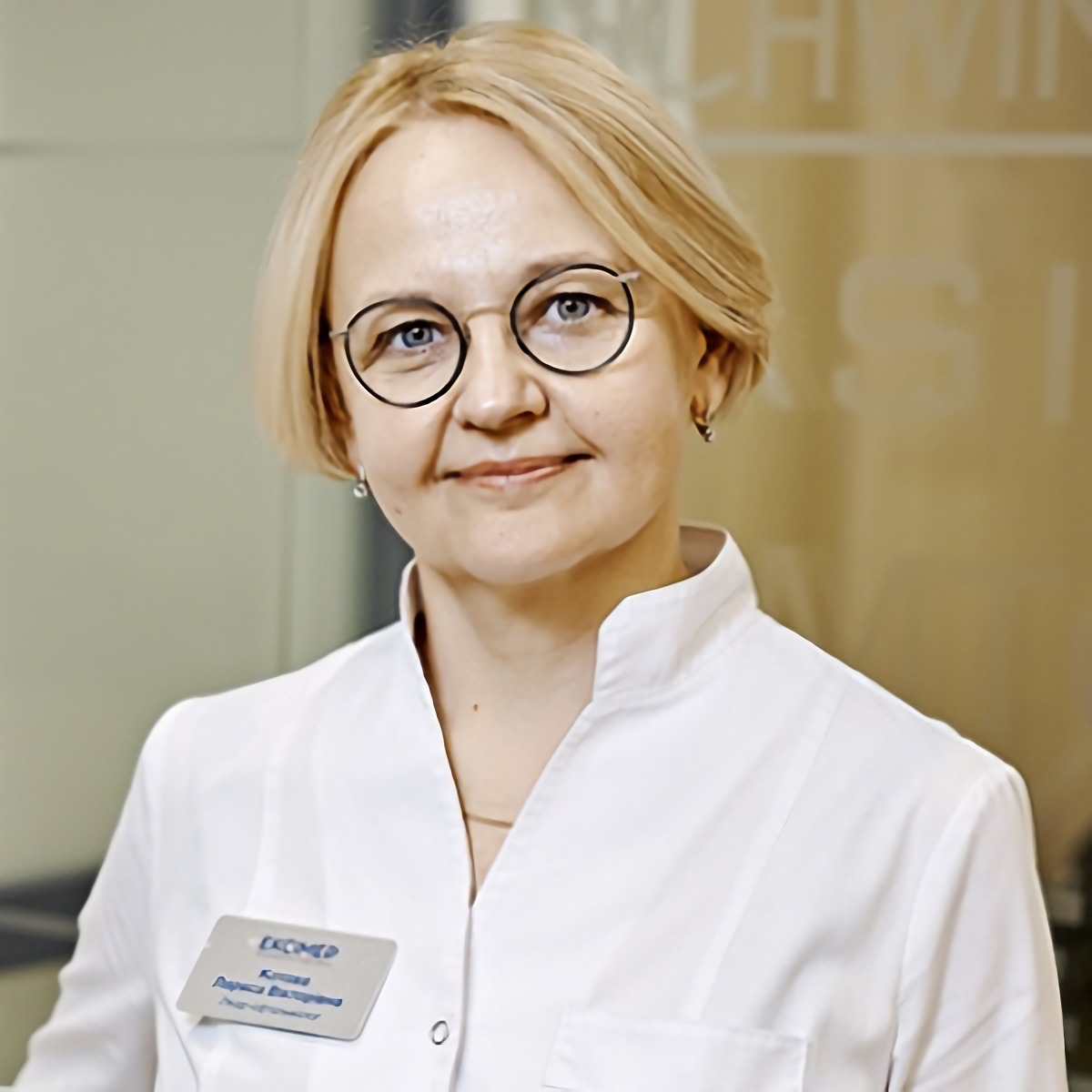Cataract surgery Cataract surgery
How do we organize your medical trip?





Cataract surgery
Cataract surgery is the most commonly performed surgery in the world. But if you never have the surgery before you may feel anxious about having it done for the next few minutes.
Cataract surgery is the most commonly performed surgery in the world. But if you never have the surgery before you may feel anxious about having it done for the next few minutes. We would like to give you an idea of what most patients experience during this surgery.

Doctors See all doctors
What is a cataract?
Eye cataract is the clouding of the lens inside your eye. During cataract surgery the cloudy lens is removed from your eye and replaced with the clear man-made lens implant.
There are many different types of lens implants, so a medical examination and consultation with your doctor is necessary prior to surgery. This will help you choose the type of lens that is ideal for you. Also, before surgery, you will begin taking eye drops prescribed by your doctor to help reduce the risk of infection and inflammation.
Most people continue these drops for about a month after surgery.
Ophthalmology today has reached such heights that such an operation in a good clinic is practically devoid of health risks or complications. There are operating rooms devoted entirely to the eyes. Surgery, nurses and anesthesia, providers are very experienced in caring for people who are undergoing, cataract surgery.
Many people are concerned that they may experience discomfort during surgery. In most cases, doctors use a combination of light intravenous sedation to keep you relaxed and comfortable. And they drip anesthesia to anesthetize the surface of your eye to give you the safest and most comfortable procedure possible. This needle-free approach allows you to recover faster.
You arrive at the surgery
Check in about one hour, prior to your surgery, to make your experience, as safe as possible. You will need to undergo a period of fasting prior to your arrival. After you arrived or nurses will assess your Vital Signs, start an IV and use Drops to dilate your pupils in preparation for surgery. The nurses and anesthesia providers will review your medical history to ensure the safest experience possible.
When all preoperative preparations are complete, the staff will take you to the operating room, where the physician and anesthesiology team will monitor your vital signs and all stations of surgery. All of this is necessary to ensure that you have the best possible experience when the surgery begins.
The operation usually lasts no more than 20 minutes. At the end of the surgery, a clear protective shield will be placed over your eye, which will remain in place for some time. After the surgery, you will be taken to a rehabilitation unit where you will be monitored and vital signs will be checked.
After surgery, you will be given post-operative instructions and will be sent home accompanied by a friend or relative. You may not drive yourself home because you've received sedation during the surgery.
The total amount of time You'll spend in the pre-op area, the operating room and the post-operative recovery area will vary but rarely totals more than 3 hours.
Restrictions after cataract surgery or minimal.
- It's important not to rub your eye.
- After surgery is also important for about one week after surgery to avoid strenuous activities or any activities that may expose your eye, to a lot of germs like swimming.
They're typically to post-operative visits following surgery, the first one occurring within a day of surgery and the second one, a couple of weeks later. If you need cataract surgery on both eyes, it usually takes a few weeks between surgeries to make sure the first eye has healed properly before proceeding to the second.
You may need prescription eyeglasses to get the best vision. This prescription can be made available to at your final post-operative, visit. If you so desire depending on your profession, most people can return to work within a few days, following the procedure. The total healing time after cataract surgery is usually about a month, but most people start noticing an improvement in their Vision within days.

Cataract surgery is one of the most beneficial ophthalmic procedures that helps patients, improving their vision and quality of life.
Modern ophthalmology does not stand still and progresses every year and month. Today, ophthalmologists have the opportunity to use laser therapy with many elements of cataract surgery.
With recent technology, advancements in cataract surgery, surgeons now have options that allow patients to make informed decisions on how their cataract will be removed. One such advancement has been the introduction of laser refractive.
Cataract surgery with the lensX laser
The lensX laser is designed to bring a new level of accuracy, and reproducibility to refractive, cataract surgery by automating. Some of the most challenging steps of cataract surgery, the lensX laser allows the surgeon to create precise repeatable incisions using an image. Guided laser cataract surgery, involves
- Corneal incisions are a circular opening in the capsular sac.
- Lens fragmentation.
- Phacoemulsification.
- Intraocular lens insertion, and incision closure
The lensX laser can assist with some of the most challenging steps.
Standard cataract surgery starts with a creation of an incision through the cornea, utilizing a scalpel. In order to allow the surgeon access to the cataract lens X provides customizable laser precision and reproducibility in the creation of the incision.
Capsulorhexis is the medical term used to describe the removal of the outer layer of the lens, In order to allow the surgeon access, to removing the Cataract.
In standard cataract surgery this step is performed by the surgeon manually, creating a circular opening, with a handheld instrument. Lensx laser offers a surgeon laser Precision to create the circular opening and allows the lens place to have the best possible. Effective lens position, standard cataract surgery requires a phacoemulsification the segment and remove the content of the Cataract.
Your surgeon's goal is to reduce the risks of cataract removal. The lensX laser performs lens fragmentation, creating easily excisable segments for effective removal with minimal risk.
With the laser pulses utilized the lensX Laser provides the surgeon 43% reduction in phaco power and 51% reduction in phaco time compared to the standard cataract. The lensX Laser procedure has opened up a new level of precision and reproducibility in ophthalmic surgery for cataract surgery.
Please note that not everybody is a candidate for this type of cataract surgery and there is an extra cost not covered by Insurance associated. With this technology If you are interested, your surgeon will discuss further details, including whether you are a good candidate.

MEDICAL DISCLAIMERThis content is for informational and educational purposes only. It is not intended to provide medical advice or to be a substitute for such advice or treatment by a personal physician. All readers of this material are advised to consult their own physicians or qualified health care professionals. UAmedTOURS is not responsible for the possible health consequences to any person or persons reading or following the information contained in this educational content. All readers of this content, especially those who take prescription or over-the-counter medications, should consult their physicians before making any changes in their diet, lifestyle, taking pills, or other facts that may affect your physical and psychological health.












.jpg)
.jpg)



